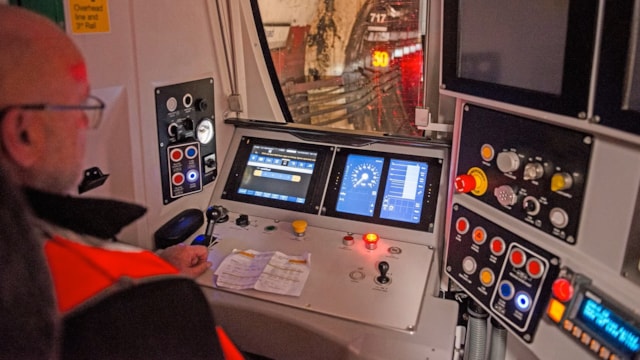The in cab signalling is already there and in service. It’s just that not all of the cabs are fitted, and few of the non- GTR drivers are trained. But, you can see the (positive) impact it will have already. If you look at the map for Welwyn viaduct on Open Train Times (see below), you can see extra ‘berths’ without signals - these are additional short sections for ETCS.
In the example you can see below, train 2C63 is on approach to 2152 signal. With conventional sigalling, any following train must be held at one of 2182 / 2180 signals in rear until 2C63 has cleared the overlap of 2152.
With ETCS, a following train being held at 2180 or 2182 would get a movement authority to proceed as soon as 2C63 has passed the overlap of the next section, which in both signals’ cases is actually still on the 4 track section, albeit the overlap will almost certainly be just on the two track. This means the second train can start moving well before the first train has entered Welwyn North tunnel, saving around 25 seconds if the first train is through at speed, more if the firsttrain is also startign from restricted aspects. And, also, rather than the second train starting off against a single yellow, and then proceeding round the corner slowly, expecting a red, the driver will receive progressively more movement authorities as the first train speeds through the section; he/she will therefore be able to accelerate to speed earlier, and clear the section more quickly for following trains.
This is going to be a significant help during any out of course running. It may even help squeeze an extra path out, if that can be used elsewhere.
View attachment 175448

